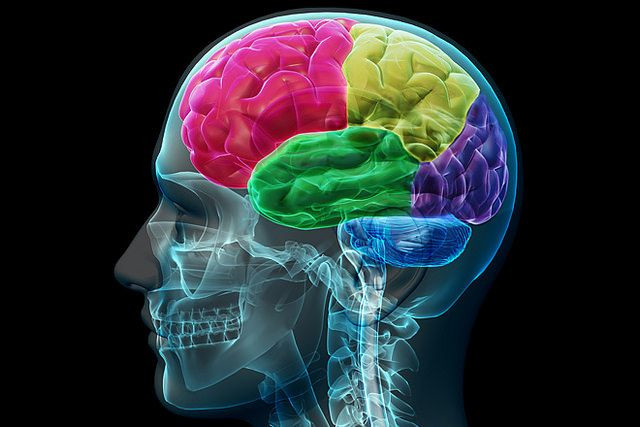Asperger's And Autism Linked To Decreased Action Of Neurotransmitter GABA: Study

A new study links autism symptoms to reduced action of GABA, a neurotransmitter responsible for dampening cellular activity in the brain. The Harvard and MIT researchers believe their results suggest potential treatments for autism in the form of drugs which might increase concentrations of this brain chemical.
Some children find social interaction nearly impossible while their patterns of behavior and interests remain restricted and repetitive. While these two key features of autism are well-known, the cause of this brain development disorder remains elusive. Still, scientists continue to search.
Past genetic and animal studies have alluded to a possibly important role played by GABA signaling in autism, yet solid human evidence was lacking. Meanwhile, other studies revealed people with autism spectrum disorders were slower at binocular rivalry, a phenomenon which is known to involve brain chemistry related to GABA. In binocular rivalry, two conflicting images are presented simultaneously, one to each eye. To “see” one image or the other, the brain must push one out of awareness and it does this by inhibiting neural signals. People with autism are known to struggle with suppressing visual images in this way. Could this be linked to GABA levels in their brains?
Chemistry
For the new study, first author Dr. Caroline Robertson of Harvard University and MIT's McGovern Institute for Brain Research, and her colleagues explored GABA levels in the autistic brain.
They tested 21 people with autism (15 Asperger’s, one high-functioning autism, and four atypical) and 20 typical control individuals on a binocular rivalry task. All participants had normal or corrected-to-normal vision and below average IQ scores. As expected, the adults with autism were slower to suppress the visual images. (Even when the researchers excluded participants taking medications known to interact with the GABA system, the results were not changed.)
Next, the researchers measured GABA concentrations as the participants completed the task. Here, they discovered a strong link between binocular rivalry dynamics and levels of GABA in the participants who had not been diagnosed with autism. The same was not true for people with autism, who showed GABA dysfunction.
“Individuals with autism are known to have detail-oriented visual perception — exhibiting remarkable attention to small details in the sensory environment and difficulty filtering out or suppressing irrelevant sensory information,” Robertson said in a press release.
She explained the new findings lend support to the notion that the greater attention to detail might have something to do with GABA and neurotransmitters in general since many others play important roles in autism symptoms.
Going forward, the researchers will examine binocular rivalry in children with autism as a potential diagnostic marker while also searching for a genetic basis underlying a GABA imbalance.
Source: Robertson CE, Ratai EM, Kanwisher N. Reduced GABAergic Action in the Autistic Brain. Current Biology. 2015.



























